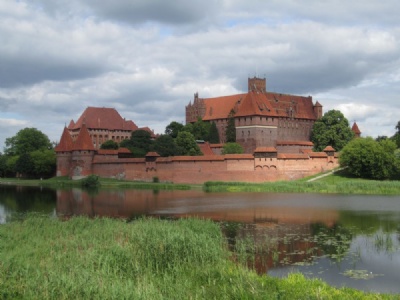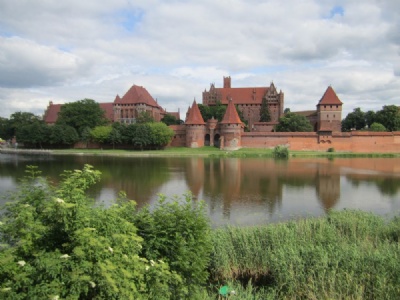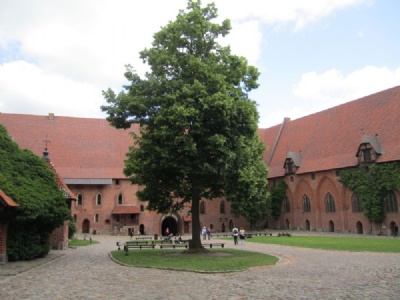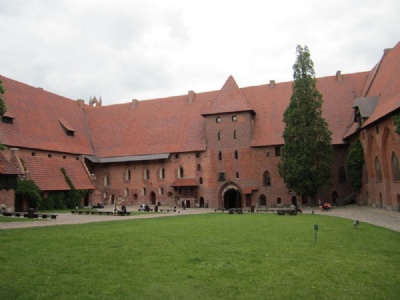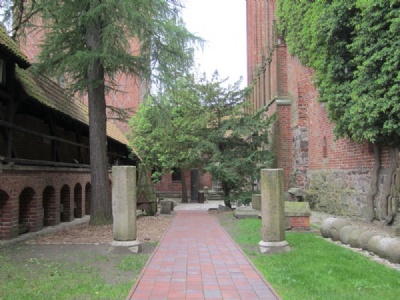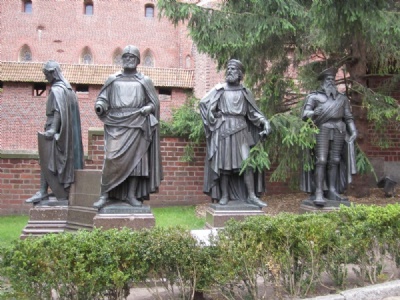Malbork
About fifty kilometres southeast of Gdansk lies Malbork (german Marienburg) Ordensburg castle. The castle was built by German Teutonic knights in 1274 and was completed in the early 1300s. The castle measures about 52 hectares and is said to be the largest brick building built by hand. It served as a stronghold for the Knights and their commanders from where they ruled and conquered the surroundings. At most, about 3,000 men lived in the castle and its barracks.
In the mid-1400s, war broke out between the German order and an alliance between Prussian confederation and Poland that ended with the victory of the latter in 1466. With the exception of short periods of Swedish occupation, the castle came up to Poland’s first partition in 1772 to serve as a dwelling place for the Polish kings during their annual stay in Pomerania. The castle was then under Prussian rule and then German rule until 1945 when it again came under polish rule.
Due to the castle’s German history, it became an important place for Nazism that organized pilgrimages to the castle for instance, Nazi youth organizations. The castle also became a form of model for the Nazis’ own order schools they established to educate future Nazi leaders. At first, the idea was that the castle would also become a ordens school, but this was abandoned. Between 1939 and 1944, the city was spared destruction. As the Soviet Red Army approached Malbork, the city was declared a fortress and supposed to be defended to the last man. In early January, 1945, until early March, 1945, fierce fighting took place and resulted in that the castle was partially destroyed.
Current status: Preserved with museum (2012).
Location: 54°02'24.90"N 19°01'43.22"E
Get there: Car.
Follow up in books: Kershaw, Ian: Hitler – A Biography (2008).
